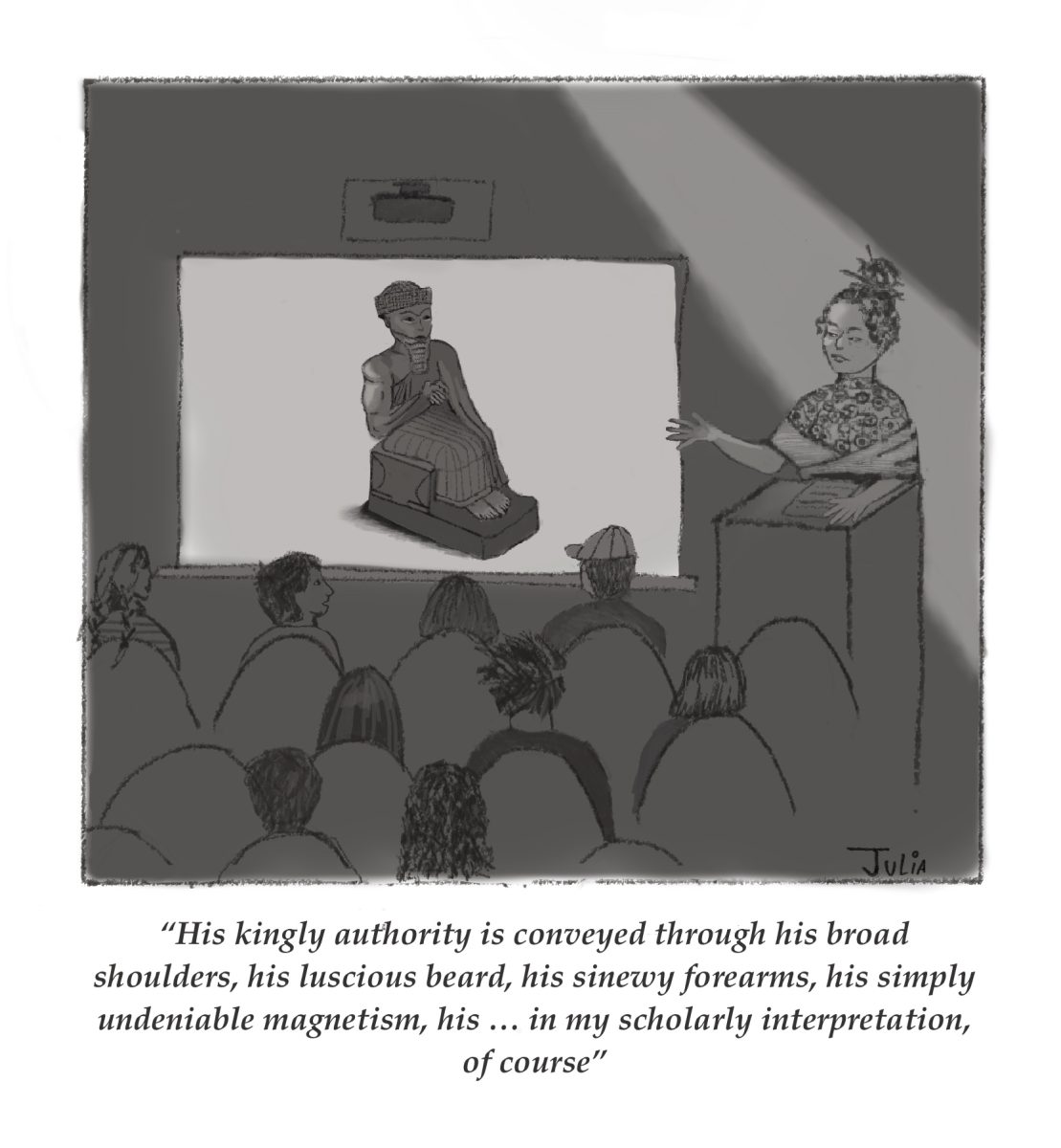In light of the recent March for the Damned, the members of CARE Now are calling for students, faculty, alums and staff to create a permanent, online archive – “Testimonies of the Damned” – of the College’s violent practices against people of color. These stories will be anonymized and shared with the school community in an online archive. Please email any submissions to [email protected].
***
Last spring, I along with Amber Lee ’21, Serapia Kim ’19 and Audrey Koh ’21 collected interviews from numerous Asian American studies (AAS) movements around the nation. Nearly every interviewee reported multiple iterations of activism due to an “administrative relegation of students into ‘bureaucratic death.’” “Relegation” takes many forms, including the establishment of committees, working groups, impermanent hiring, diversity initiatives and other years-long responses to the demands of activists.
This is the process of institutional forgetting – a cyclic immunization against tangible improvement. To the College, students are impermanent; they are destined to dissipate after receiving a diploma. Bureaucratic tactics, such as the ones mentioned above, provide administrators an infallible system under which they may stall student activists into limbo, straining desperately against our four-year clocks as “progress” trudges on with little result. Meanwhile, to trustees, donors and other stakeholders in the College’s financial future, administrators are able to claim relegatory tactics as “progress,” such that the College appears to the outside eye as a leader in progressivism. Once students graduate, the College regresses back to its previous state, ready to tame the next generation of students.
And it works: Students graduate, neglect to leave an archive and the student body reverts to the status quo. That is, until the next (or imminent) violent and racist act. We have seen this with not just AAS but a broad range of issues: the disappearance of the Log controversy of 2016; the now forgotten discussions on the Haystack memorial; the multiple cycles of student protest around lack of minority retention in the 70s, the 80s, the 90s, 2005-2010 and the present day. Most heinous are the diffusion of annual hate crimes against marginalized members of our community, the campus-wide emails that never mention “race” and the workshops that spring forth for “sharing experiences” that disappear just as quickly, retraumatizing and humiliating people of color in the process. The community remains complacent even as vitriol spreads across our campus, year after year, because of the institution’s successful push for short-term memory.
As students, it feels real when we are in it. It feels as though the administration has no choice but to answer our minimal demands for support. We impress upon faculty a slew of documents, timelines and statistics that makes us believe there is no possibility of additional forgetting. We forget that the College must have a stake in listening to student demands; it has been only in moments of external, unmitigated pressure that the College has truly listened. Compare the establishment of Africana studies and Latinx studies – after student occupations of Hopkins Hall and hunger strikes – with the decades-long Asian American studies movement, which has not taken such measures. Even the abolition of fraternities was undertaken only after widespread campus protest after the discriminatory exclusion of African American, Jewish and Korean students from membership into fraternities. It is only when campus climate negatively affects public image, and therefore economic output, that the College and its stakeholders resigned themselves to swift and concrete response.
From students outside circles of activism, I hear many wonder what the campus talk is about. They believe it is just another outburst with too much misinformation to form one opinion or another (President Mandel’s conflicting accounts of the past week do not help much). I do not blame these students; perhaps, if they were steeped in the archival history of this College as we are, they might feel differently. Without exposure to such an archival record, students are forced to base their understanding of campus events on anecdotal evidence. They ask themselves, what have I experienced here, personally? The College’s structures are in place to appease the majority, so it should come as no surprise that the majority on campus are happy, if not wondering what the fuss is all about. Isn’t the College already working on it? If anything, the College is an expert in media relations; without an accurate history, the majority have no reason to distrust the College’s administrative processes. An overload of administrative rhetoric blurs the lines of fact and fiction. Through institutional forgetting, we lose the ability to remember the College’s historical negligence to our campus conversation except for a bare spread of documents collected in pieces. We are unable to demonstrate why the College’s talk of “progress” rings hollow; we are left to convince each other through whispered anecdotes and atrocities, a secret and elusive network, which, though useful, does not hold anywhere near the power of a formalized archive.
Institutional forgetting prevents the formation of true community. It disappears fact in favor of the College’s biased narrative. It forces each of us to form incomplete opinions of the College that do nothing to illuminate the full history of what the College is and refuses to become.
We must do more to uncover the hidden archives of Williams. For those who have witnessed or experienced the College’s violent practices, either directly or in passing, share your stories at [email protected]. En masse, we will be remembered. Students who wish to help, to know, to be equipped with the rhetoric, language and knowledges to best support campus action, can reach me at [email protected]. Now more than ever, we must strengthen our resolve, our community. We will be seen, and heard, and known.
Tyler Tsay ’19 is an American studies major from Pasadena, Calif.




